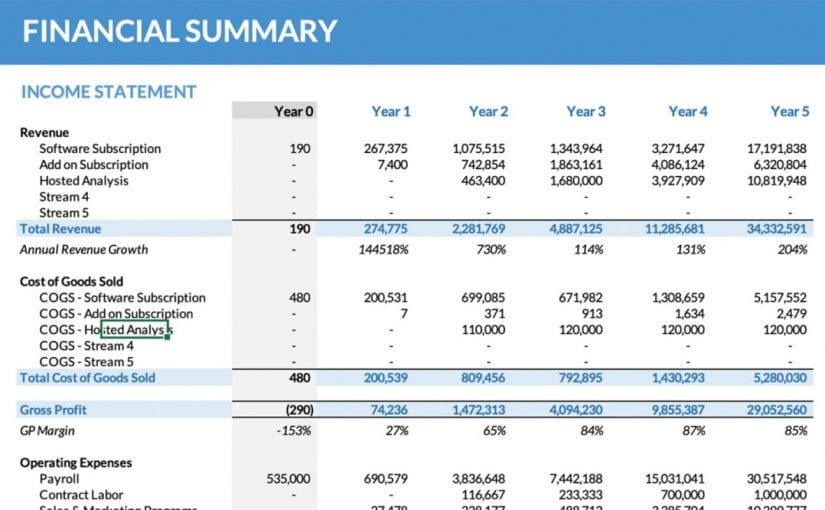Financial modelling is Excel denotes all the tools used for preparing the expected financial statements. This predicts the company’s financial performance in the future using assumptions and historical performance information.
There is a course that trains the individuals regarding this, and the study covers all the essential aspects of Financial Modelling in Excel, which are necessary within the workplace or vital for starting a business.

What is it used for?
The financial model is used for decision-making and performing financial analysis, whether inside or outside of the company. Inside a company, executives will use economic models to make decisions about:
- Raising capital (debt and/or equity)
- Making acquisitions (businesses and/or assets)
- Growing the business organically (e.g., opening new stores, entering new markets, etc.)
- Selling or divesting assets and business units
- Budgeting and forecasting (planning for the years ahead)
- Capital allocation (priority of which projects to invest in)
- Valuing a business
- Financial statement analysis/ratio analysis
- Management accounting
Why Enroll?
There are practical skills needed to construct a solid financial model which can be used for business planning and evaluation. We have to learn the best practice design principles required for building flexible models using a range of financial modelling in excel techniques and functions. These are applied when creating a detailed economic model case study from scratch.
The course introduces financial modelling to those with no prior knowledge about this subject. It assumes a sound understanding of the structure and composition of financial statements, especially the income statement, balance sheet and cash flow statements.
What all will we learn?
We will not be able to learn a wide range of things. However, we will learn to use financial modelling functions that will efficiently cover to build a strong and professional economic model. This course helps us in knowing these thoroughly:
- MS- Excel hints, techniques and tips in a financial context
- Keyboard shortcuts to various features
- Best Practice techniques for financial modelling
- Ways to create suitable driver-based models for forecasting
- Modelling Income Statements, Balance Sheets and Statements of Cashflow
- Sensitivity Analysis
- Ways to diminish errors
- Advanced modelling techniques
After completing this course, we will be able to use the best practice modelling principles to design and build robust financial models.
Course Details
The first four weeks of the Financial Modelling in Excel course cover the necessary groundwork, design principles, and functions required to build strong models. In weeks 5 – 9, the design techniques are put into practice by making a detailed financial model from scratch.
These at based on a fictitious retail-based case study. The short course finishes with a review of advanced excel techniques, including sensitivity analysis.
There are no separate accreditations rewarded for this course.
This course is fundamental for those who want to explore the different options of financial modelling as it allows them to have better chances at their jobs. So it is pretty beneficial to learn financial modelling in Excel online from Skillfin Learning as this course will give you an excellent boost to your career and a chance to become more skilled.



